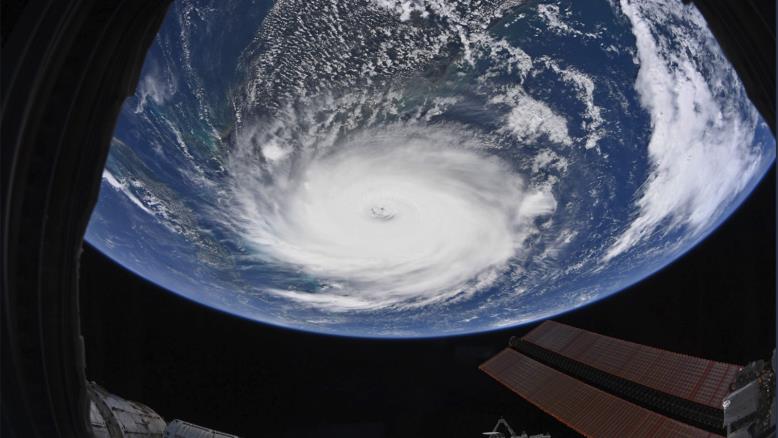The Devastation of Hurricane Dorian
The first major hurricane of the 2019 season, Dorian, has been recorded as the second mightiest Atlantic storm on record. The extra-tropical cyclone has left a devastating impression on many Caribbean nations and southern states. From Grand Bahama to North Carolina to Nova Scotia, Dorian’s destruction will continue to be felt throughout the coming times.
Dorian was born as a tropical wave on the 24th of August in the central part of the Atlantic Ocean. Over the next coming days, the intensity of the storm began to increase rapidly. On the 31st of August, the hurricane strengthened to a category four hurricane and then heightened to a category five the next day. First making landfall in the Bahamas and moving west, Dorian then weakened to a category 2. Dorian gradually began shifting to the northwest, moving towards Cape Hatteras, an island located in North Carolina. Before Dorian struck, Governor Roy Cooper of North Carolina declared a mandatory evacuation for the state’s islands. States of emergency were declared in Virginia, North Carolina, South Carolina, Georgia, and Florida. After causing serious damage and over 400,000 power outages in Virginia and the Carolinas, Dorian continued to move northwest inching ever closer to Nova Scotia. As it moved closer to the Canadian border, Dorian decreased into a post-tropical cyclone. Dorian reached Nova Scotia on the 7th of September.
Various Caribbean nations affected by Dorian were still under repair from the destructive forces of hurricanes Irma and Maria. Among these countries are the Virgin Islands, Abaco Islands, and Grand Bahama Island. Dorian hit these Islands with 185 mph sustained winds. Winds this strong have not been seen since the 1935 Labor Day Hurricane. The recorded death toll is currently at 43 with an estimated BSD 7 Billion done in property damage across the Bahamas.




